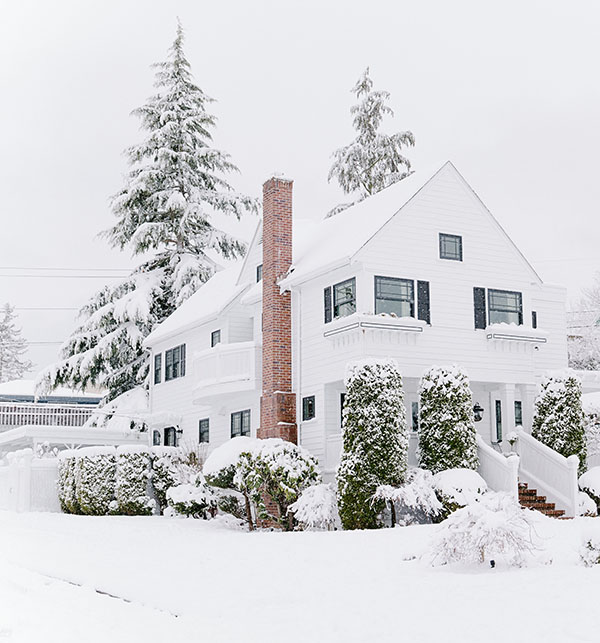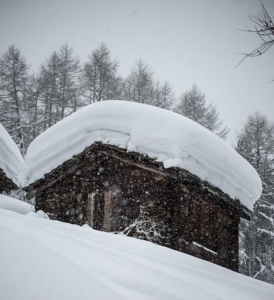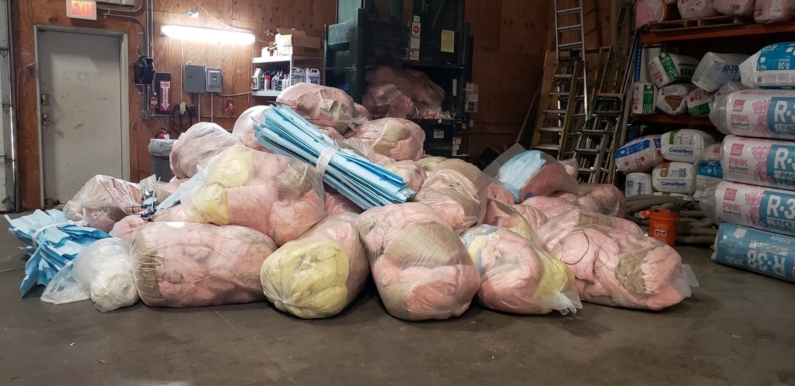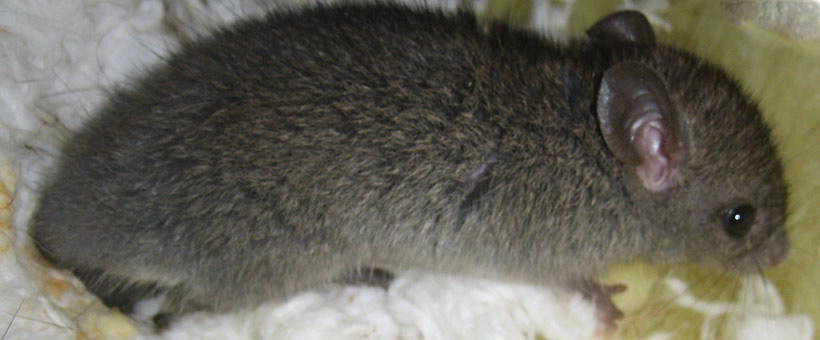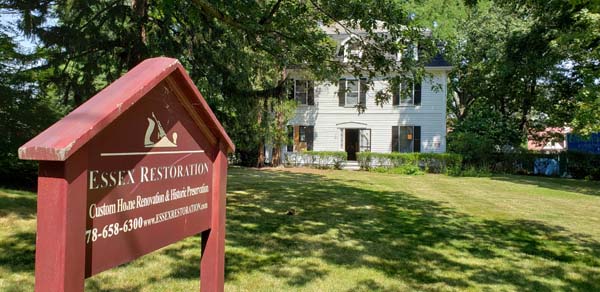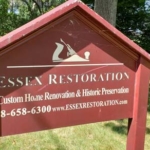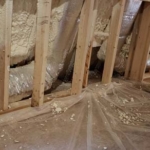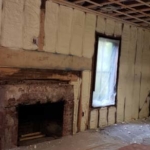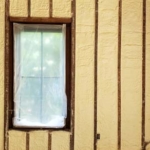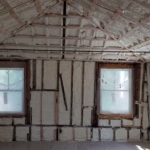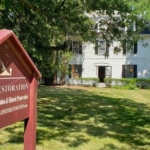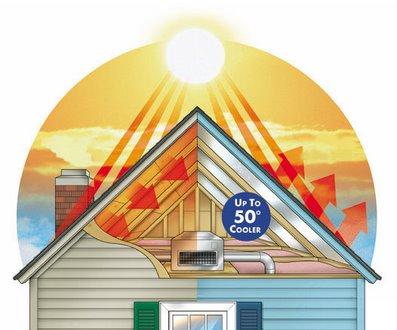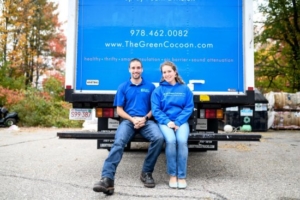The fall has officially arrived in New England and winter is approaching quickly! With temperatures already slipping below freezing in some areas, the thought of high heating costs is on our minds. Insulate your home and save money. By adding or upgrading your insulation, you can save money on heating costs, thus making your home more energy efficient. By using Efficiency Maine, you can save up to $3,000 by upgrading the insulation in your home!
The Green Cocoon is located just over the border in Massachusetts, but we also service our sister states like Maine. Maine is known for its diverse landscapes, lighthouses, and its delicious bounty from the sea. However, it is also known for its harsh winters. And, that has many homeowners bracing themselves for indoor drafts, cold floors, and hard-to-heat rooms. What if you didn’t have to put up with these home comfort pains this winter?
Why Upgrade My Home’s Insulation?
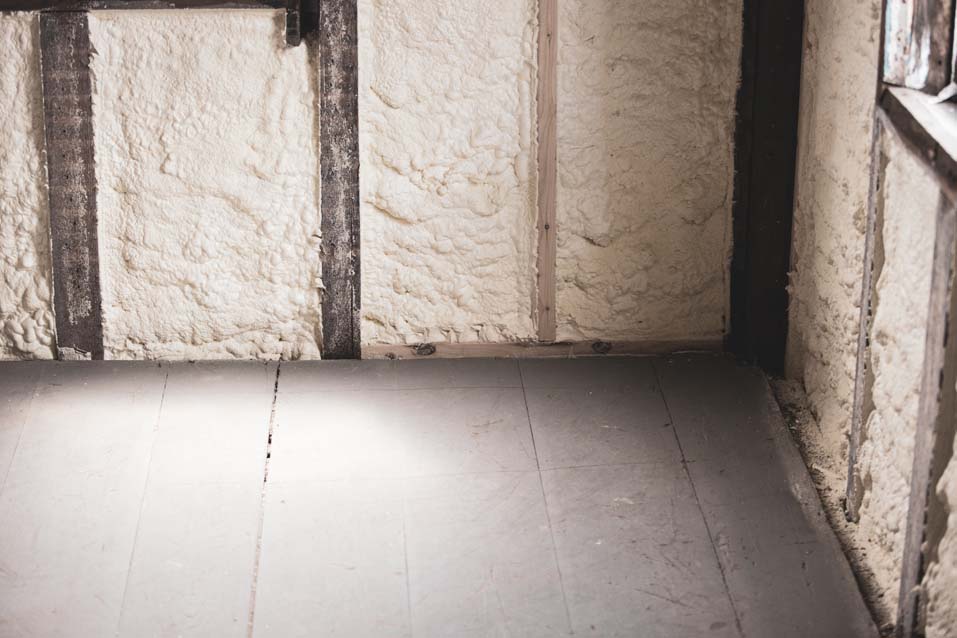
Many Maine homeowners don’t realize just how effective insulation can be at making their homes more comfortable and efficient. Insulation in key areas like the attic, basement, and exterior walls slows heat transfer into and out of the home. This means that in the winter, that valuable heat you’ve paid for stays inside your home, right where you want it. Cellulose and spray foam insulation are especially effective insulation materials (which is why we install them in homes here in Maine!)
With the right insulation upgrades, you can expect benefits like:
- Fewer drafts and cold spots
- Warmer floors
- Lower annual heating/cooling costs
- Enhanced overall comfort
- Greater home energy efficiency
- Reduced outside noise
When insulation is paired with proper air sealing to eliminate air leaks, the benefits go even further!
Insulate & Save up to $3,800 with Efficiency Maine Rebates
While an insulation upgrade does have an upfront investment, there are valuable local incentives available through Efficiency Maine to offset that cost. As a matter of fact, upgraded insulation helps you save money on your heating bills over time, and insulation has a remarkably short payback period.
Currently, you can receive up to $3,000 on an insulation rebate, $400 on an energy assessment and another $400 when you air seal troubled spots. The Department of Energy graphic below has a useful cross-section diagram illustrating the most common air leakage spots.
Take Advantage of Efficiency Maine Rebates with The Green Cocoon
As a Residential Registered Vendor with Efficiency Maine, we’re here to help homeowners on the southern coast of Maine save on their next insulation project. In addition to assessing the unique insulation needs of your home, we will help you determine the rebates for which you qualify.
The Green Cocoon would love to help you. We are just a phone call away at (978) 462-0082.


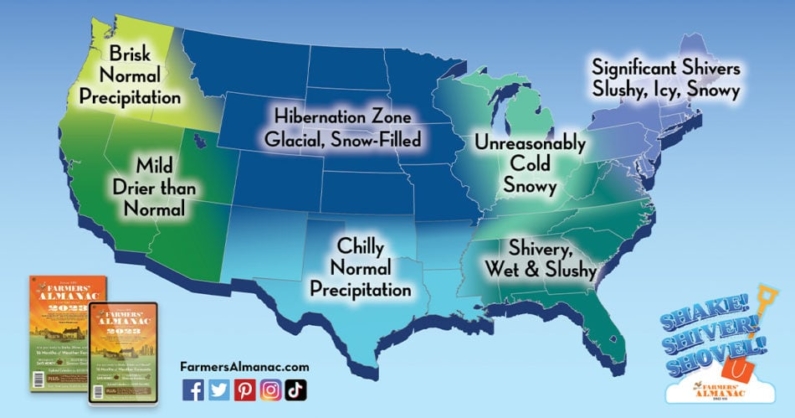
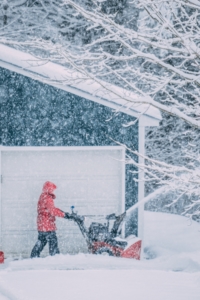 If you live in New Hampshire, you are no stranger to crazy winter weather. According to
If you live in New Hampshire, you are no stranger to crazy winter weather. According to 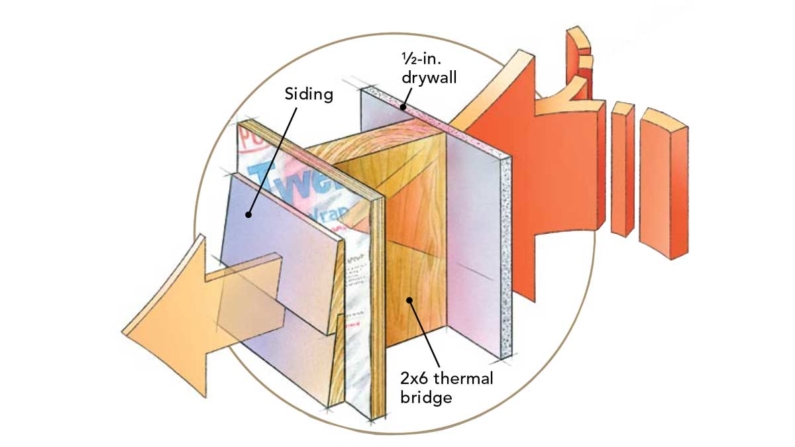
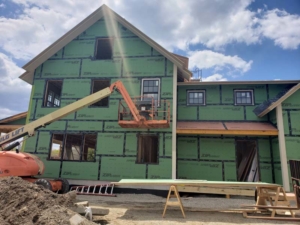 How does this work in a home?
How does this work in a home?